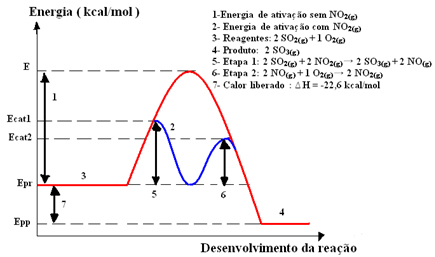Isaac Newton, the author of the laws that explain the causes and effects of motion, believed that light was formed by corpuscles, and that the main optical phenomena could be explained using the theory corpuscular. Christiaan Huygens was against Newton's view. He advocated the wave theory, however, Newton's theory prevailed for centuries because of its scientific authority. It was not until the beginning of the nineteenth century that Thomas Young carried out an experiment and resolved the question favorable to Huygens.
The first experimental demonstration that light is a wave was made in 1801 by the English physician, scientist and physicist Thomas Young. He became interested in the study of light phenomena and was the first to propose that light waves are transverse and not longitudinal, as some scientists believed.
Young, with a brilliant experiment, discovered a method to obtain two light sources in phase. Thomas caused the light produced by a light source to be diffracted as it passed through a small hole. After being diffracted, the light wave propagated towards two other small holes, where it suffered again the phenomenon of diffraction. With that, two new light waves appeared that propagated with constant phases. Finally, these two waves reached a screen (target) where it was possible to see the existence of light and dark regions. Dark regions corresponded to destructive interferences, while light regions corresponded to constructive interferences.
The experiment carried out by Young had great repercussions among scientists, as he showed that it is possible obtain interference with light, and in this way demonstrated, almost definitively, that light is a phenomenon undulatory.
By Marco Aurélio da Silva
Source: Brazil School - https://brasilescola.uol.com.br/fisica/a-experiencia-young.htm


